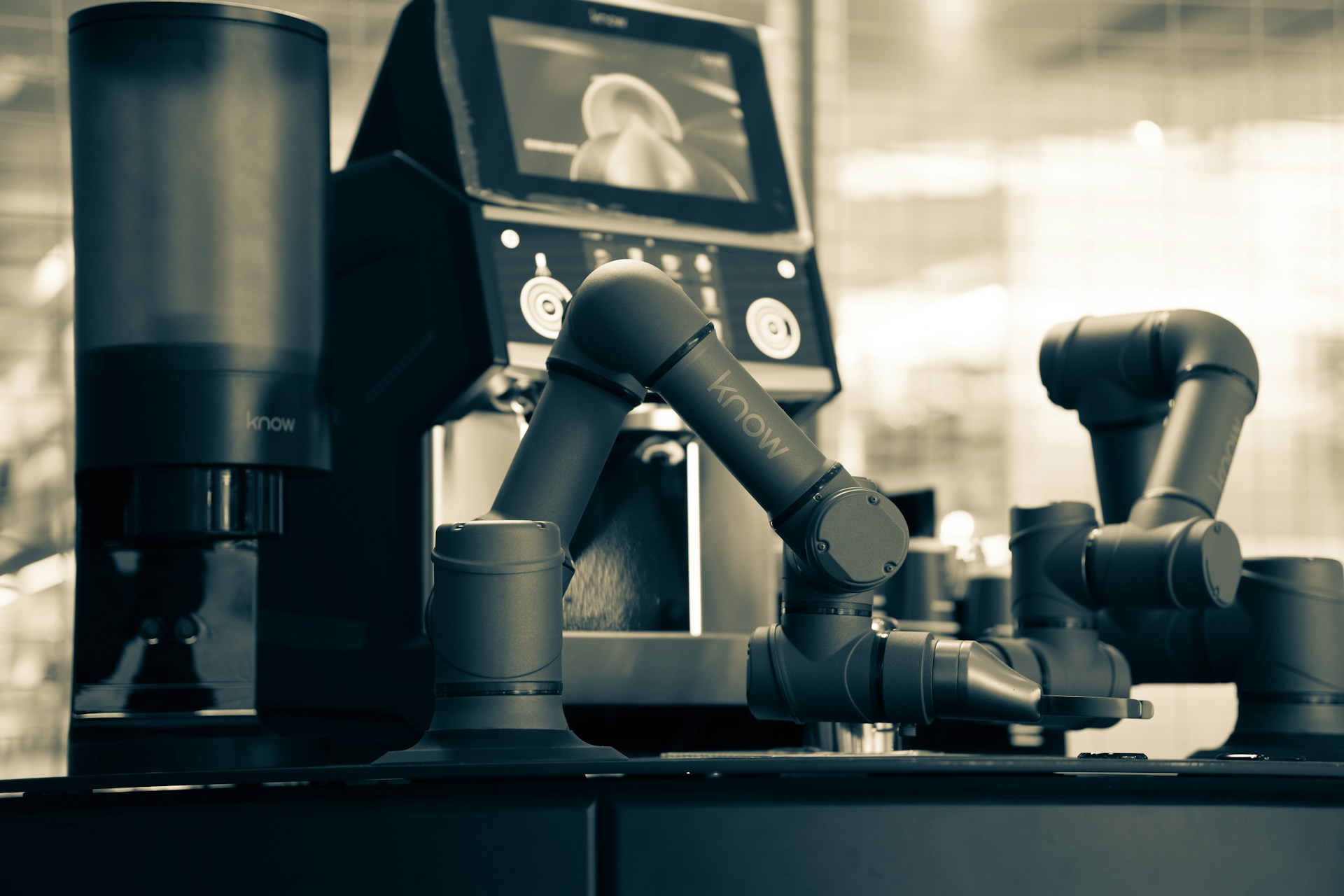Automation has become one of the most talked-about investments in the modern enterprise. From robotic arms assembling cars to software bots processing invoices, the promise is simple: faster processes, fewer errors, and lower costs. But as automation spending climbs into the billions, business leaders are asking a critical question: How do we measure the true return on investment (ROI) of robotics?
Enter Robotic Process Analytics — a data-driven approach that evaluates automation performance, uncovers hidden inefficiencies, and ensures organizations are getting maximum value from their robotic systems. It’s not just about tracking output; it’s about connecting automation to measurable business outcomes.
The New Economics of Automation
Historically, automation decisions were often based on projections: estimated savings, assumed productivity boosts, and theoretical error reductions. While these projections were useful, they lacked real-time validation.
Today, analytics platforms integrated into robotic systems provide hard numbers — showing exactly how a machine is performing, how it’s impacting workflows, and where it’s underperforming. This real-time transparency changes the economics of automation.
Instead of “set and forget,” companies can continuously monitor, optimize, and justify their automation investments.
What is Robotic Process Analytics?
Robotic Process Analytics (RPA — not to be confused with robotic process automation) is the measurement layer of automation. It involves:
- Data Capture – Collecting operational metrics from robotic systems: cycle time, throughput, downtime, error rates, and maintenance frequency.
- Process Context – Linking those metrics to business KPIs like cost savings, revenue impact, and customer satisfaction.
- Analysis and Optimization – Using analytics and machine learning to identify bottlenecks, predict maintenance needs, and recommend improvements.
In short, robotic process analytics turns raw machine data into actionable business intelligence.
Measuring the ROI of Automation
While ROI formulas vary by industry, most automation ROI can be broken down into three core areas:
1. Cost Savings
The most direct measure of ROI is cost reduction. This includes:
- Labor savings – How many hours of manual work are replaced or enhanced by automation.
- Error reduction – Lower rework costs due to fewer mistakes.
- Waste reduction – Fewer defective products or unnecessary resource use.
Analytics makes these savings visible. For example, a manufacturing robot that shortens assembly time by 20% and cuts defects by 15% can have its financial impact quantified and reported.
2. Productivity Gains
Robots can run 24/7 without fatigue, but the real question is: How much more output are they generating? Analytics tracks:
- Throughput increases
- Bottlenecks shifted elsewhere in the workflow
- Cycle time improvements across multiple process stages
3. Strategic Impact
Some ROI is less tangible but no less important:
- Faster time-to-market for new products
- Increased capacity to serve customers
- Improved employee satisfaction by reducing repetitive work
While harder to quantify, these benefits often justify automation even when cost savings are modest.
The Analytics Behind ROI Measurement
Measuring ROI in automation isn’t as simple as counting units produced. It requires integrating data streams from multiple sources:
- Robotic sensors for operational performance
- ERP and CRM systems for business impact
- Quality control systems for defect tracking
- Workforce management tools for labor efficiency
Advanced platforms use machine learning to spot patterns in this data. For example, analytics might reveal that a packing robot is faster on certain product sizes but slower on others — suggesting a need for reprogramming or design tweaks.
Case Study: Analytics in a Manufacturing Plant
A consumer electronics manufacturer deployed 12 robotic arms for assembly and packaging. Initial projections estimated a 25% increase in output.
After six months, robotic process analytics revealed:
- Output up by only 15% — bottlenecks in quality inspection slowed production.
- Error rate down by 40% — rework costs fell sharply.
- Energy consumption higher than forecast — offsetting some savings.
Armed with this insight, the company invested in an automated quality inspection system and adjusted production schedules, pushing output gains to 28% and energy use down by 12%. The result: ROI improved from 14 months to just under 10 months.
The Feedback Loop of Continuous Improvement
The power of robotic process analytics is not just in proving ROI — it’s in improving it over time.
With real-time dashboards, managers can:
- Benchmark performance against industry averages or internal goals
- A/B test different robotic workflows to see which is most efficient
- Simulate scenarios — e.g., adding another robot or changing shift patterns — before making costly changes
This creates a continuous feedback loop where automation becomes smarter, faster, and more cost-effective over time.
Beyond the Factory Floor: RPA in Office Workflows
While robotic process analytics is essential for physical automation, it’s just as valuable for software robots — the kind used in robotic process automation (RPA) for digital tasks.
In financial services, for example, bots may process loan applications, reconcile accounts, or generate compliance reports. Analytics can show:
- How many transactions were processed
- Error rates before and after bot deployment
- Time saved per transaction
- Cost per process before and after automation
This allows CFOs to see exactly how automation affects operational costs and customer satisfaction.
Challenges in Measuring Automation ROI
Despite its potential, robotic process analytics faces challenges:
- Data Integration – Many organizations have siloed data systems that make comprehensive analysis difficult.
- Attribution Complexity – Separating the impact of automation from other process changes can be tricky.
- Overemphasis on Cost Cutting – Focusing only on labor savings can undervalue strategic benefits like faster delivery or better quality.
Successful measurement strategies balance hard metrics (cost, speed, error rates) with soft metrics (customer feedback, employee engagement).
Best Practices for Implementing Robotic Process Analytics
- Start with Clear KPIs – Define what success looks like before deploying robots.
- Instrument Everything – Equip robots with sensors and ensure integration with analytics platforms.
- Measure Before and After – Baseline data is critical for proving improvements.
- Review Frequently – Monthly or even weekly ROI reviews keep automation aligned with goals.
- Act on Insights – Analytics is only valuable if it leads to process changes.
The Future: Autonomous ROI Optimization
As analytics becomes more sophisticated, we’ll see self-optimizing robotic systems that adjust workflows automatically based on ROI goals.
Imagine a logistics robot that, after analyzing delivery times and fuel costs, changes its routes without human intervention. Or a software bot that reallocates itself from a low-priority process to a higher-value one based on real-time cost-benefit analysis.
This “autonomous ROI optimization” will transform automation from a static investment into a living, adaptive asset.
Why This Matters for Business Leaders
In a world where automation is no longer optional, knowing the numbers is power. Robotic process analytics ensures that automation is not just a technological upgrade but a measurable driver of business performance.
It shifts the conversation from “We installed robots” to “Our robots increased throughput by 22%, reduced costs by 18%, and improved customer delivery times by 12 days.”
For companies competing in fast-moving markets, that clarity could mean the difference between leading the industry and falling behind.







